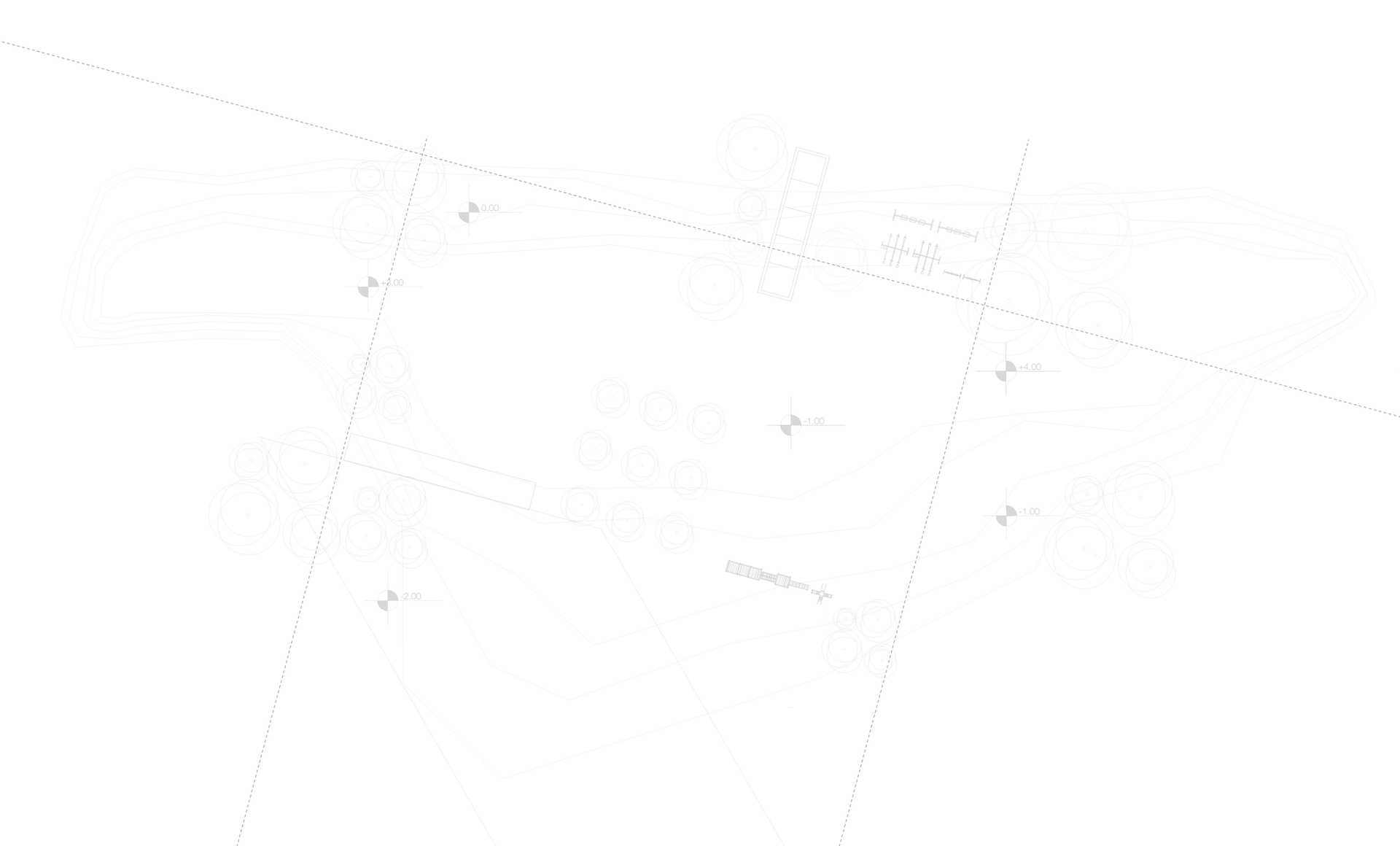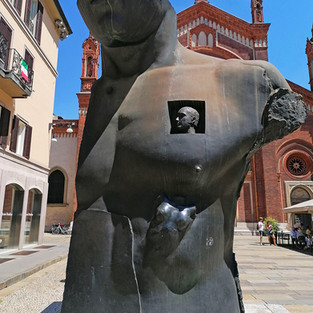Chiesa di Santa Maria del Carmine Milano
- Georgiana Tufeanu
- May 18, 2021
- 5 min read
Updated: Aug 28, 2021
Here we go. You’re in Brera, the superb area of Milan and you see this marvelous cathedral!
Looking for a place to participate at the Service in English? Hooray! This is a rare pearl for you then. See here the program to celebrations in Italian or English.
If you’re in holidays or live in Milan for a longer time, Santa Maria del Carmine is one of the Multi-language churches in the city holding Masses in English and Italian.
We will explore:
Architectural Identity & Art: why you should visit
History of the church
Curiosities
Architectural Identity
Architectural style: Late Gothic, Baroque, Neo-Gothic
Architects: Bernardo da Venezia, Pietro Antonio Solari
Year of opening: 1446
Interior
Be prepared to have an immersive experience in one of the most beautiful churches in Milan.
According to the Milanese tradition the basic colors are red, grey and white. The church is mainly constructed from red bricks.
Angera stones were used for the six massive columns and the wide arches are in gothic style.
The plaster on the walls and vaults it was restored in this century.

Have you noticed the wonderful large painting and frescos on the main dome? The artist is Camillo Procaccini, a well known painter in the history of Lombardy. He was well known for his reforming style of religious paintings with a clear exposition of the Catholic principles.

If you get near the neoclassic marble altar, and I encourage you to do so, let the emotion run free. The altar is a typical example of neoclassicism.
On the little dome you can see the stature of the Redeemer by Giovanni Rusca. The praying angels on the left and right of the dome were created by Gaetano Monti, a very active sculptor and anatomy teacher in Milan.
Lateral Chapels & Art
I definitely recommend visiting CAPPELLA DELLA MADONNA DEL CARMINE on the right side of the presbytery.
You’ll be amazed by the exuberant variety of colored marbles and the abundance of ornaments. It’s the most colorful and particular in contrast with the austere predominant architecture of the church.
Chapel of the Spaniards
Even if at first glance this looks like a simple chapel, there are many works of art inside. Note to the wonderful painting inside the altarpiece. Created by Gaetano Dardanone, a painter that also worked in the factory of Duomo, it represents the glory of three Saints: Agata, Apollonia and Lucia.
Another two paintings of the walls of the chapel:
· On the right a beautiful canvas representing Saint Anna teaching her daughter Virgin Mary under the gaze of an Angel. Created by Pietro Maggi, a disciple of Filippo Abbiati –a famous painter of the early Baroque period, is a piece of history.
· On the left side another painting from 1585 representing Saint Carlo in prayer, created by Camillo Procaccini, a painter well known for his prolific Mannerist fresco decoration.
Carmelite Chapel
Here we have an altar of the second half of the 19th century with two artworks worth mentioning:
The first, a fresco by Bernardino Luini representing Mary and Child between Saints Rocco and Sebastiano. Why should you care? The painter was part of Leonardo’s circle during the High Renaissance.
The second, a baroque canvas by Francesco Bianchi, a highly respected painter.
The canvas depicts Christ and Saint Teresa and John of the Cross, the two Spanish reformers of the Carmelite order.
Next to the altar are two marble statues of two Carmelite Saints: Angelo and Alberto.
On the walls we have other three paintings by Filippo Abbiati: the Martydom of the Carmelites, a painting that recalls the Carmelite martyrs beheaded by Muslims;
Another painting is representing Mary and Child with the prophets Elijah and Elisha, protectors of the Carmelite order.
On the right there is a canvas by Giovanni Stefano Danedi representing Jesus Christ with Saints Andrea Crosini and Mary Magdalene of Pazzi. The painter contributed also to the famous church Santa Maria della Grazie.
Chapel of the dead
There are two frescoes by an unknown Lombard painter from the 16th century. The right fresco depicts Adoration of the Child and Saints and the left fresco the Crucifixion with Saint Sebastiano Rocco.
Chapel of the Crucifix
The altar was renovated in the 19th century by Gaetano Monti, author of the altar as well. Of course, there is a Crucifix, where you can take time to pray. Near it there are two statues of Mary and John both by Giuseppe Arrigoni.

Exterior
Its beauty is unique and impressive, a piece of art in the piazza del Carmine.
History of the church
The church of the Carmine is located in a central area of Milan, near the Sforzesco Castle. No coincidence, it was born as an ‘aristocratic church’. What does that mean? The church was established during times of bloody battles near the vast expanses of bastions.
The order of the Carmelites was establish in 1250 and together with the church they provided assistance, help and shelter to the wounded or offering counseling.

In the first place, between 1391 and 1406 the church was endowed by the Visconti family including Archbishop Giovanni and Duke Gian Galeazzo.
Having the support of the Sforza family and by the councilors, knights and chamberlains, it was with no surprise the church was a place of gather for many noble families, like Corte or Lampugnani.
Considering all the rich attendance,it is easy to see why there are so many tombs and noble chapels inside the church. For this reason, it was an attraction point for the School of the Carmel Suit – that took place here in 1391.
The later association inspired the title of the church, becoming Madonna del Carmine.

The church had a period of decline but was reconstituted in 1511.
Curiosities
Scalabrinians missionaries
The Blessed Giovanni Battista Scalabrini founded the Scalabrinian Missionary Congregation in 1887.
What is their mission?
Spreading the Gospels and working with migrants and refugees in 33 countries worldwide.
They are involved in a variety of social and religious services not only to the migrants but also to asylum seekers and sailors of different religious denominations or nationality. Pretty cool, huh?
And there’s more: the missionaries are not only priests and religious but also 600 seculars people, being part of various assistance activities.
What they do in Santa Maria del Carmine?

Well, basically at the end of the 1980’s the church was entrusted to them in order to become the parish for the English – speaking faithful and since then it was fruitful and inspiring, helping many people.
See more about it here on their official website and let me know your toughts about this marvelous church!
Don't forget to share it if you liked it, it would mean so much for the blog and for interested people!
References












Comments